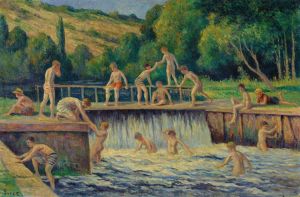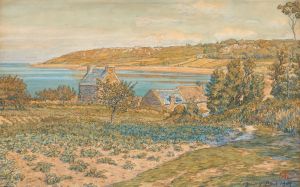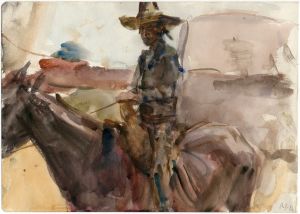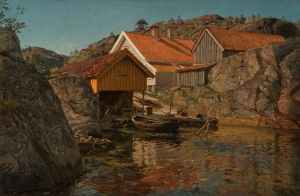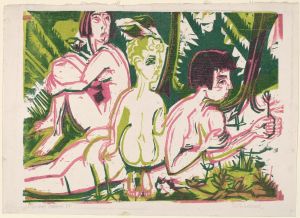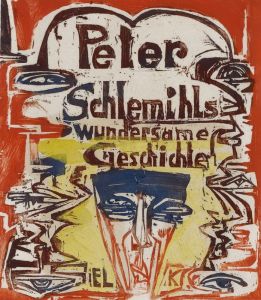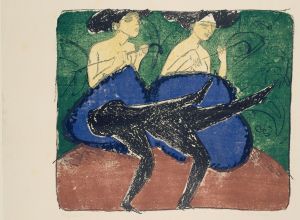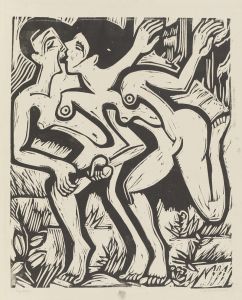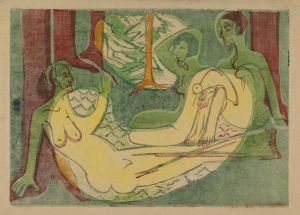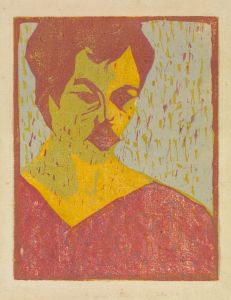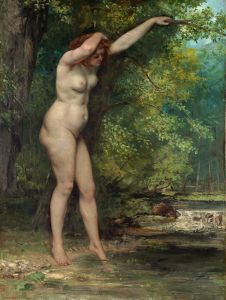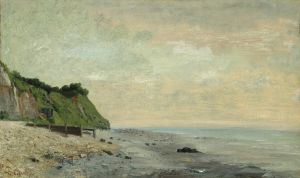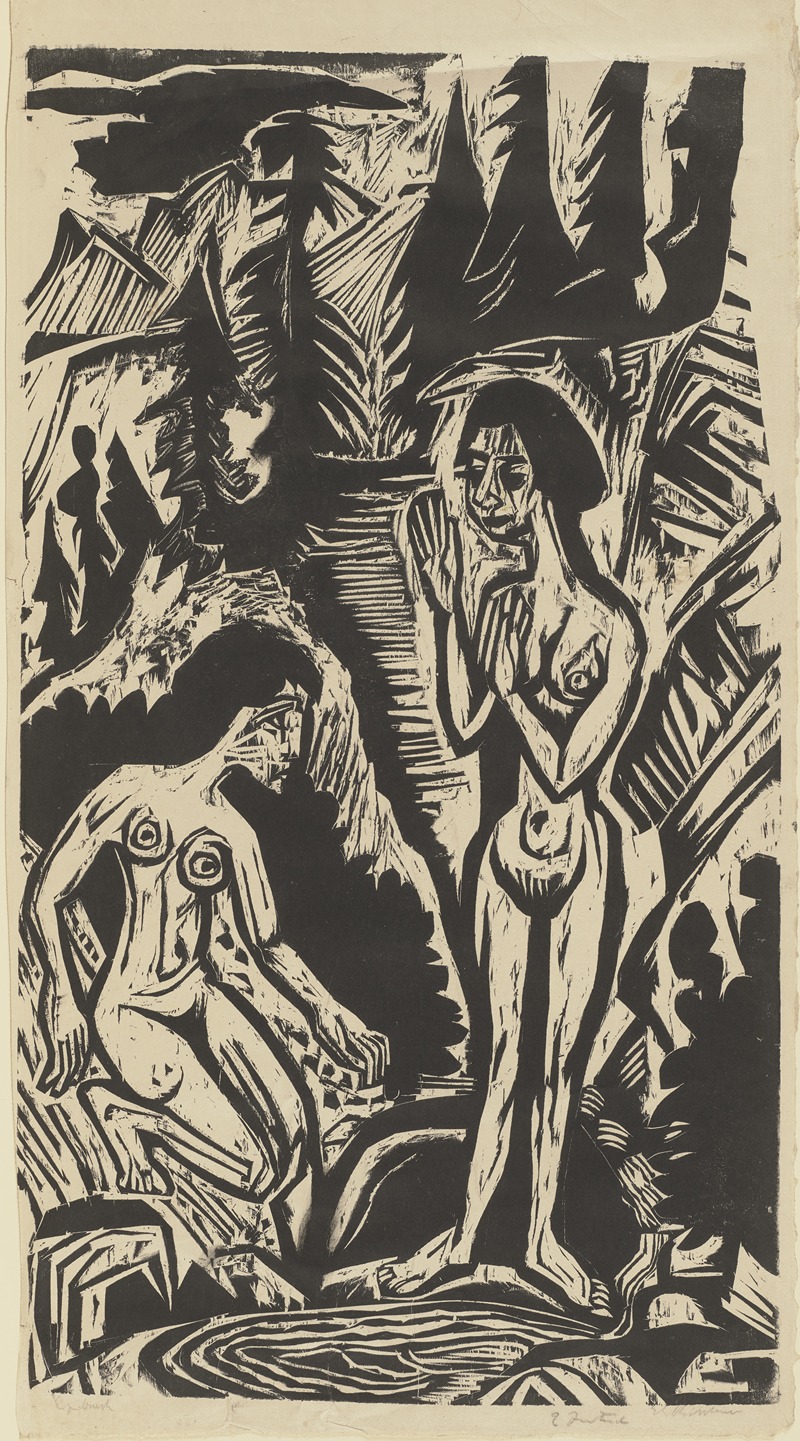
Zwei badende Frauen im Felsenbach
A hand-painted replica of Ernst Ludwig Kirchner’s masterpiece Zwei badende Frauen im Felsenbach, meticulously crafted by professional artists to capture the true essence of the original. Each piece is created with museum-quality canvas and rare mineral pigments, carefully painted by experienced artists with delicate brushstrokes and rich, layered colors to perfectly recreate the texture of the original artwork. Unlike machine-printed reproductions, this hand-painted version brings the painting to life, infused with the artist’s emotions and skill in every stroke. Whether for personal collection or home decoration, it instantly elevates the artistic atmosphere of any space.
Ernst Ludwig Kirchner, a prominent German expressionist painter and one of the founding members of the influential art group Die Brücke, created the painting "Zwei badende Frauen im Felsenbach" (Two Women Bathing in a Rocky Stream). Kirchner's work is celebrated for its bold use of color, dynamic compositions, and exploration of modern life, often reflecting the tensions and transformations of early 20th-century society.
"Zwei badende Frauen im Felsenbach" exemplifies Kirchner's fascination with the human form and nature, a recurring theme in his oeuvre. The painting depicts two nude women bathing in a rocky stream, a subject that Kirchner frequently explored in his work. This theme is consistent with the Die Brücke group's interest in returning to nature and capturing the raw, unfiltered essence of human experience. The group's manifesto emphasized a break from traditional academic art and a move towards more spontaneous and direct forms of expression.
Kirchner's style in this painting is characterized by his use of vibrant, non-naturalistic colors and bold, expressive brushstrokes. These elements combine to create a sense of movement and vitality, capturing the dynamic interaction between the figures and their natural surroundings. The composition of the painting is carefully constructed, with the figures integrated into the landscape in a way that emphasizes their connection to nature. This approach reflects Kirchner's belief in the unity of humans and the natural world, a concept that was central to the philosophy of Die Brücke.
The painting also reflects Kirchner's interest in the primitive and the exotic, which was influenced by the broader primitivist movement in early 20th-century art. This movement sought inspiration from non-Western art forms and cultures, which were perceived as more authentic and untainted by industrialization. In "Zwei badende Frauen im Felsenbach," the simplified forms and expressive lines suggest an influence from African and Oceanic art, which Kirchner and his contemporaries admired for its perceived purity and directness.
Kirchner's work, including "Zwei badende Frauen im Felsenbach," was also shaped by the socio-political context of his time. The early 20th century was a period of rapid change and upheaval in Germany, marked by industrialization, urbanization, and the lead-up to World War I. These changes were reflected in the art of the period, which often grappled with themes of alienation, anxiety, and the search for authenticity. Kirchner's focus on the natural world and the human body can be seen as a response to these societal shifts, offering a vision of harmony and simplicity in contrast to the complexities of modern life.
"Zwei badende Frauen im Felsenbach" is a testament to Kirchner's skill as an artist and his ability to convey complex ideas through his work. The painting remains an important example of German expressionism and continues to be studied and appreciated for its artistic and historical significance. Through his innovative use of color, form, and composition, Kirchner captured the spirit of his time while also contributing to the broader development of modern art.





